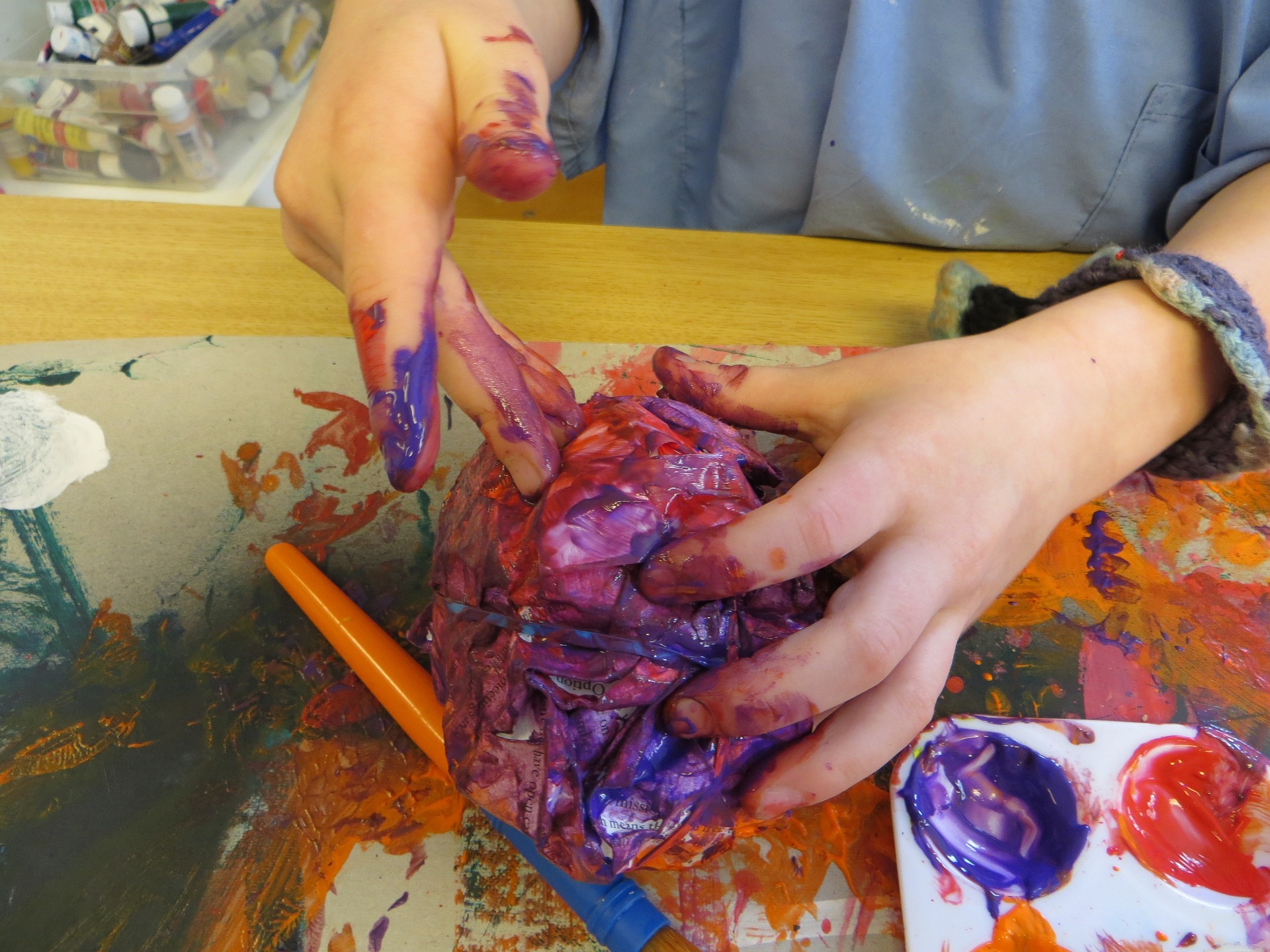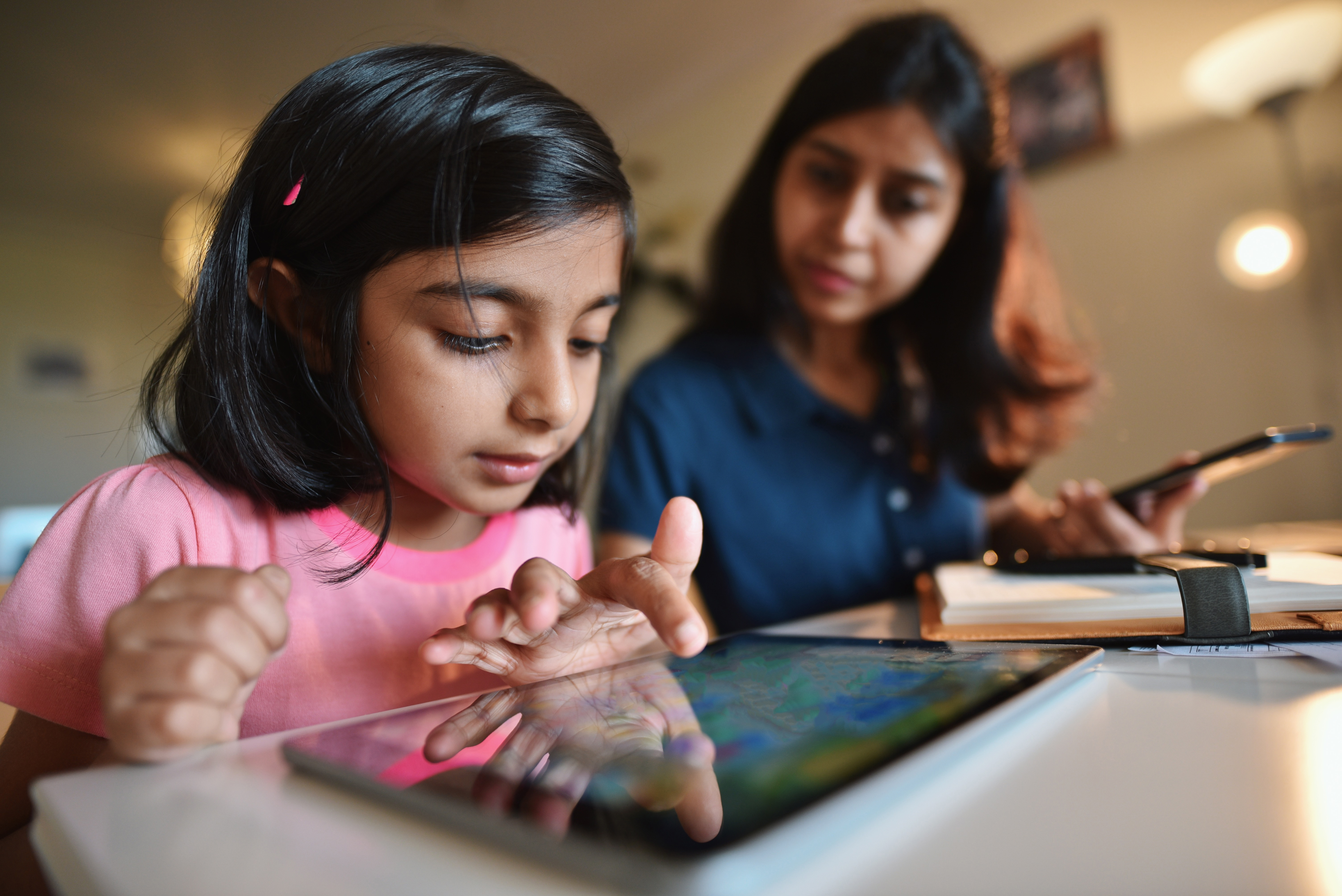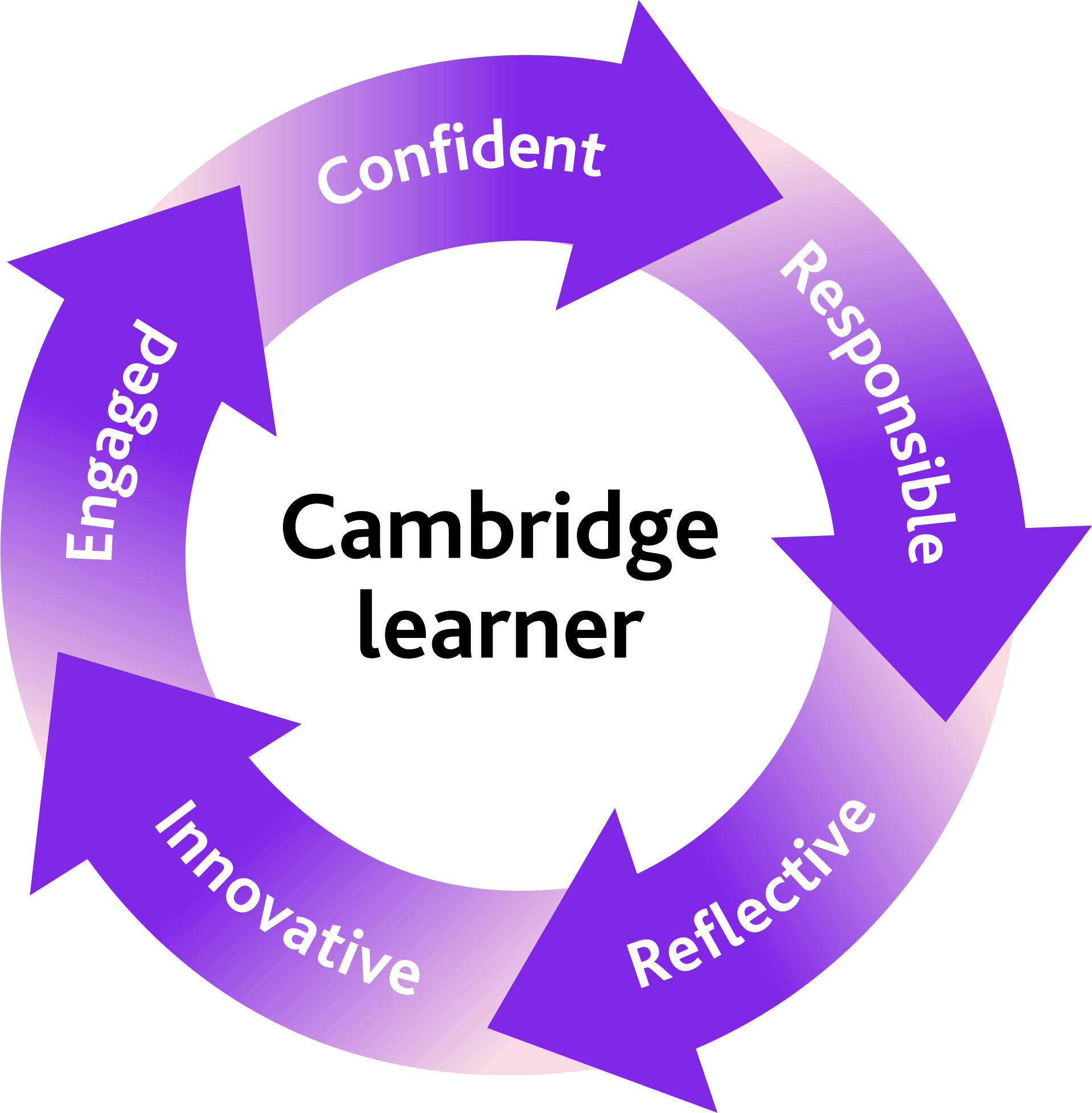Teaching and Learning Approaches
Principles of active learning
Active learning plays an important role in supporting children to develop the Cambridge learner attributes. These attributes have been described in the Cambridge Early Years Curriculum document.
As a reminder the attributes are:
The examples included in this table demonstrate how active learning can help young children to develop the learner attributes, and therefore take their first steps to loving learning:
Attribute |
Active learning example |
|
Responsible |
 |
Children begin to take some responsibility for their own care (e.g. getting dressed, handwashing) and for controlling their own thinking, learning and emotions (self-regulation). They interact positively with others and have positive attitudes to people’s similarities and differences. |
Innovative |
 |
Children ask questions to find out more about the world around them. They try different strategies to overcome challenges and solve problems. |
Confident |
 |
Children apply speaking and listening skills to express, clarify and develop their own ideas and to respond constructively to others’ ideas. They identify when they need help in order to progress their learning. |
Engaged |
 |
Children are curious about the world around them, and are keen to observe and explore to find out more. They develop their own and others’ knowledge, understanding and skills through social interaction and collaboration. |
Reflective |
 |
Children reflect on their own and others' activities, saying what they liked and did not like, and what went well and not so well. They begin to understand how reflection and feedback can help to develop new ideas. |
You can find more information about active learning in the Cambridge International resource Getting started with Active Learning.
